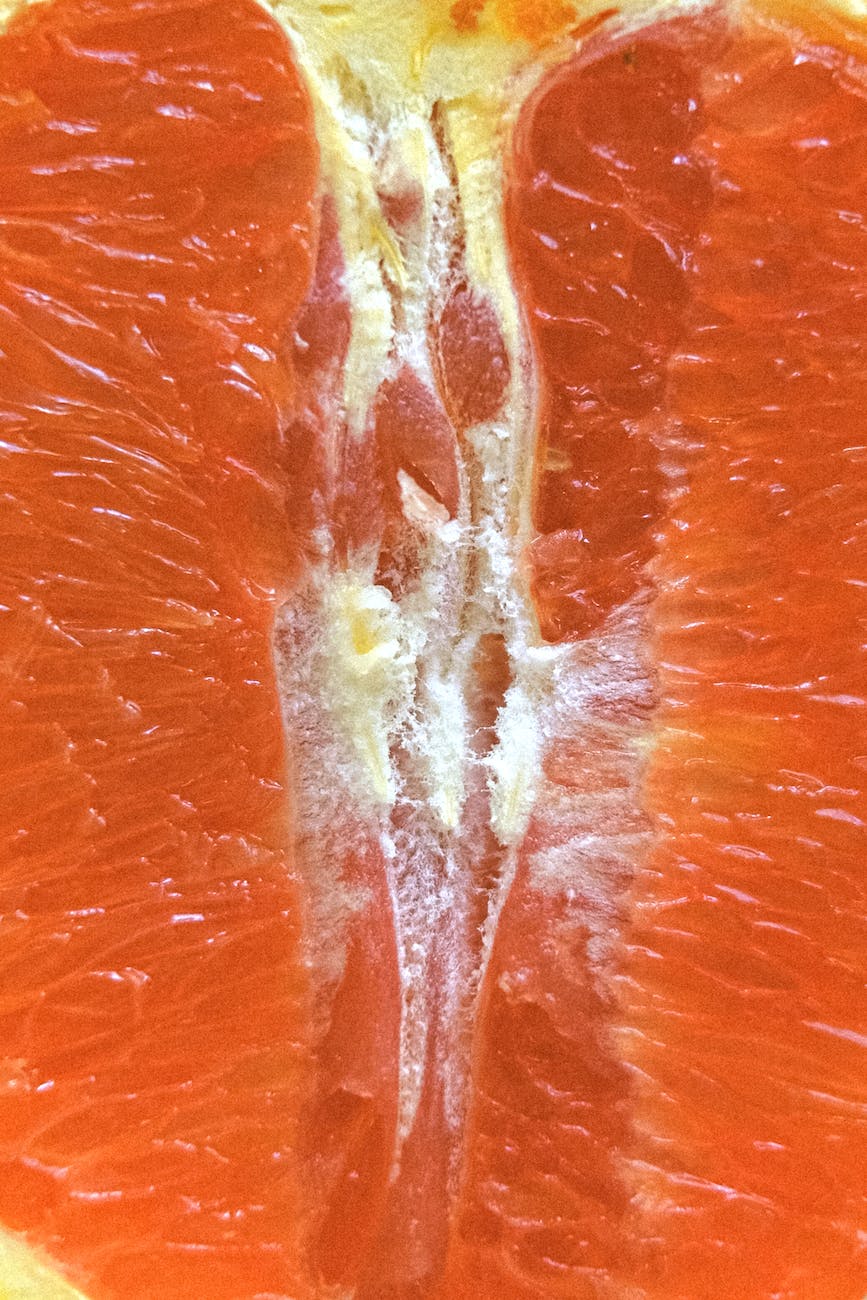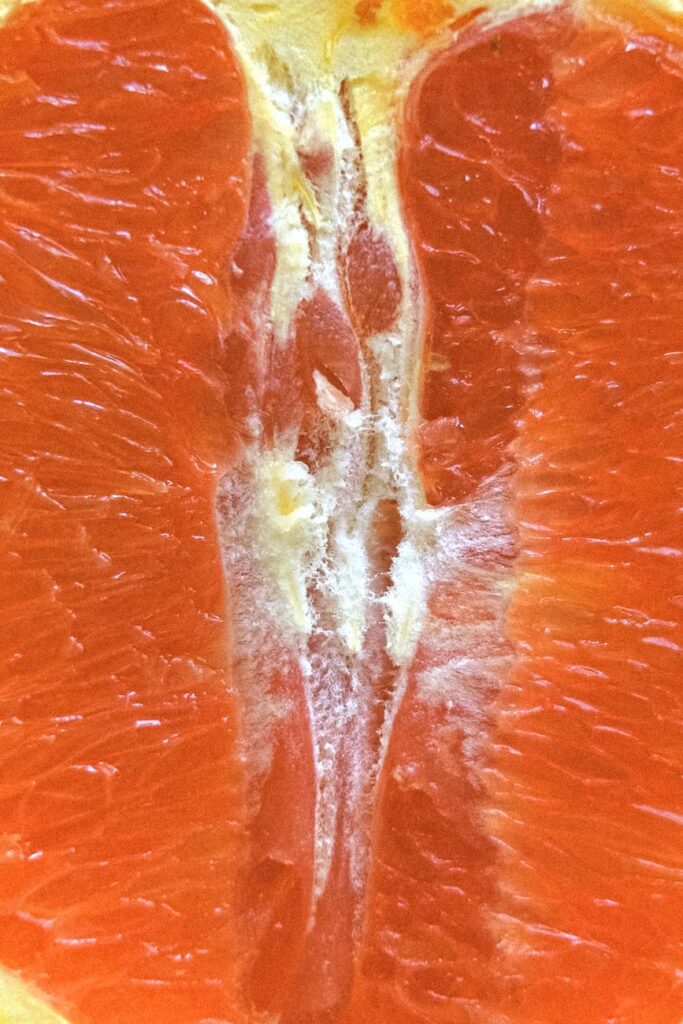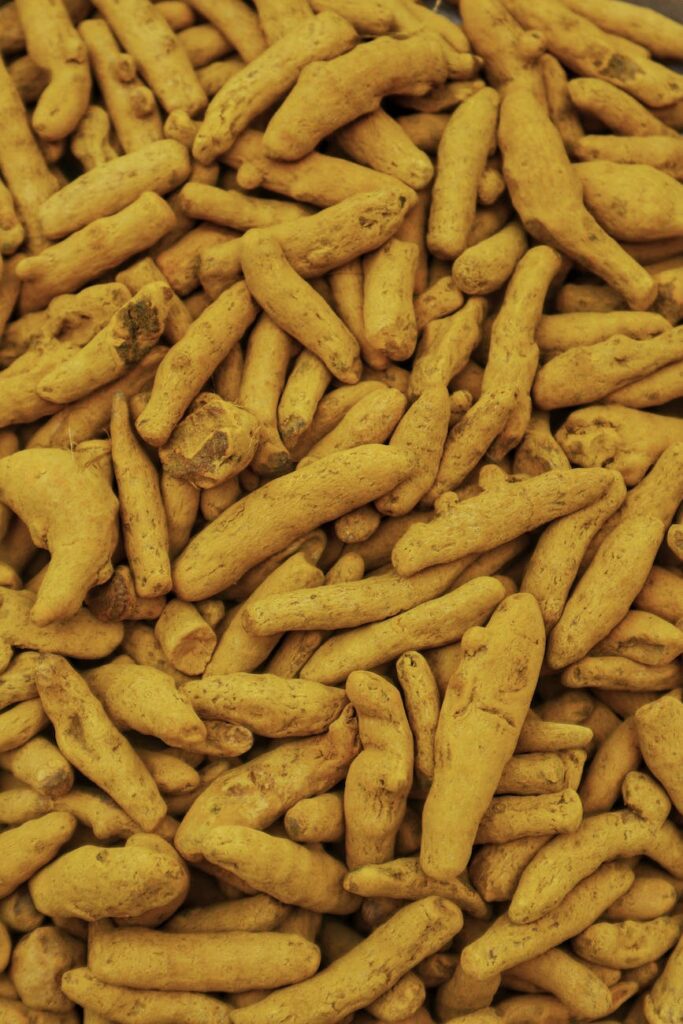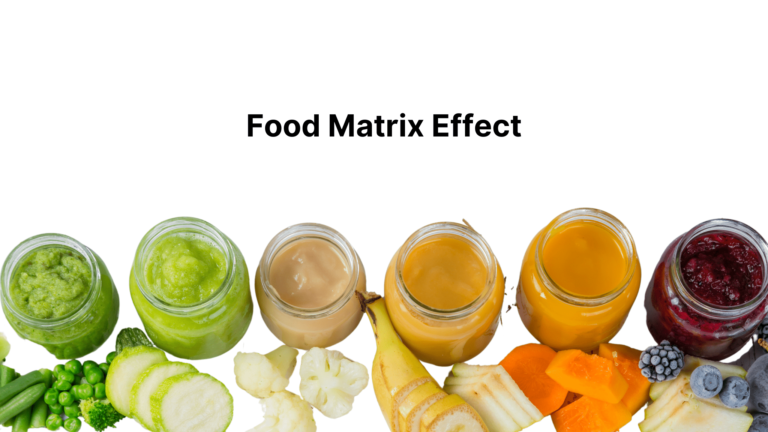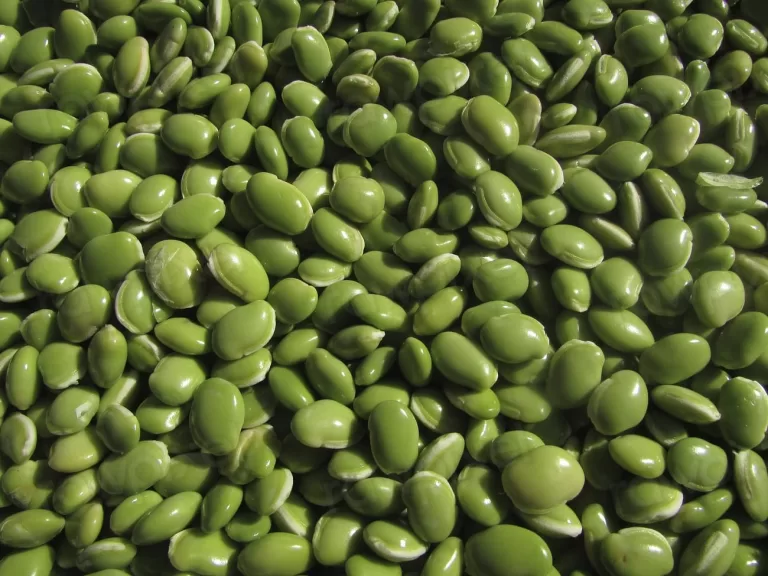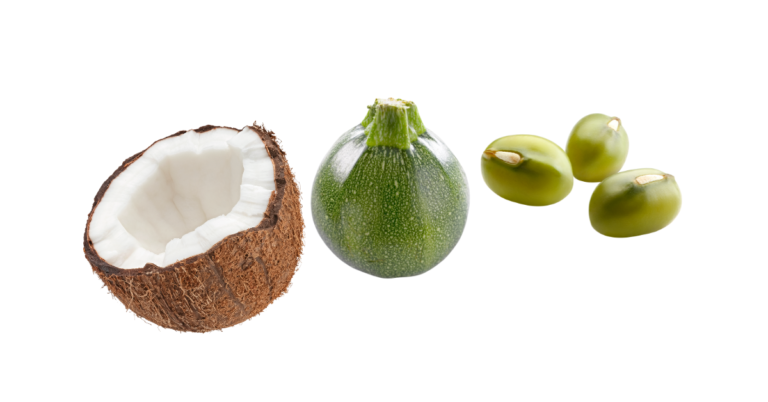Benefits of The Sacral Chakra & Its Positive Energy Impact
The Sacral Chakra corresponds to an energy centre situated within the human body. Referred to as the “second chakra.” It involves emotions, emotional responses, and their regulation.
This is important because, to varying degrees, our emotions influence our decision-making processes in daily life.
To become more self-reliant in the productive use of our emotions, the Sacral Chakra, an integral part of the Chakra system, may play a key role.
Key Points In This Article
This article aims to explore the connection between energy and the sacral chakra point and how it can positively impact one’s emotions and overall well-being. It provides context by citing relevant case studies and aligning with scientific fundamentals to offer a relatable viewpoint.
1. Sacral Chakra Energy Overview
The Chakra system is a series of energy centres, and the Sacral Chakra is called the “seat of emotions.”
From an anatomical standpoint, it is located in the sacral region or sacrum within the lower body (pelvic area). This area includes lymphatic structures, blood supply, bones, muscles, and nerves.
The sacral nerves are connected to the central nervous system, and this connection is important as we consider the relationship between this energy centre and its role in emotional well-being.
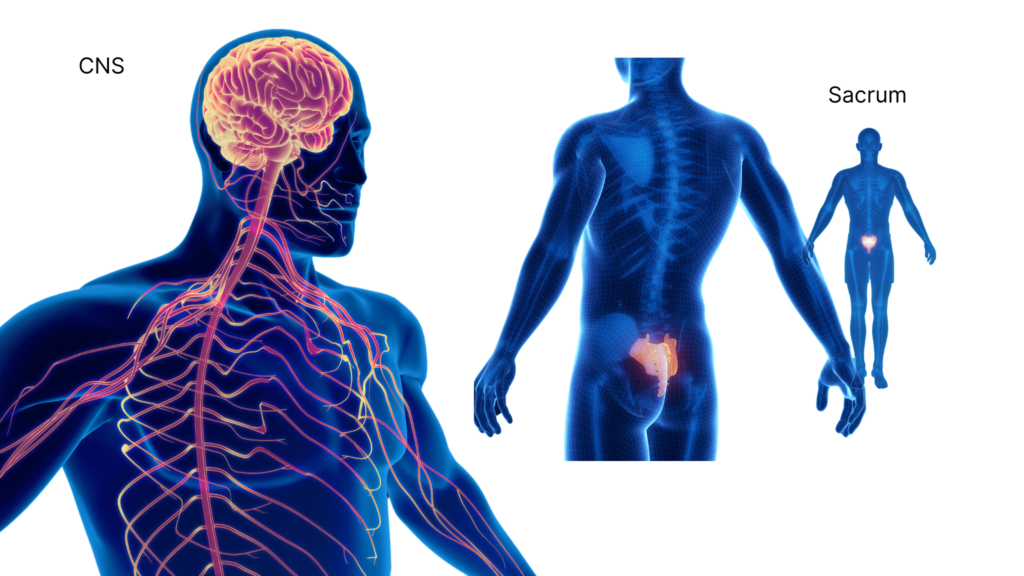
Unbalanced Energy
An imbalance of Sacral Chakra energy in the chakra system reflects emotional instability, creative blocks, and issues with intimacy and relationships.
Recognising Energy Through The Body
In the modern day, we have developed a heightened level of awareness that our physical bodies are composed of tangible matter and energy that animates us.
Further, energy, whether within ourselves or external sources, plays a significant role in shaping our existence. One major player in our source of energy is food and diet, which affects and influences energy functions.
It is the vital force that drives us to lead our lives every day “like the electricity to a bulb.”
Emotion as Energy Intelligence
Across various disciplines, including the intricate ancient chakra energy systems, the energy of emotions is taken care of through bio-work, including food and working on the body.
These systems acknowledge and leverage the potential of energy centres within the body to facilitate favourable transformations in our physical and mental wellness.
The chakra system is believed to be a network of energy centres in the body that help to perceive and respond to different forms of energy.
For example, it optimises characteristics in behaviours, moods and general energy, which fuels day-to-day living.
It is categorised as bio-work involving energy intelligence.
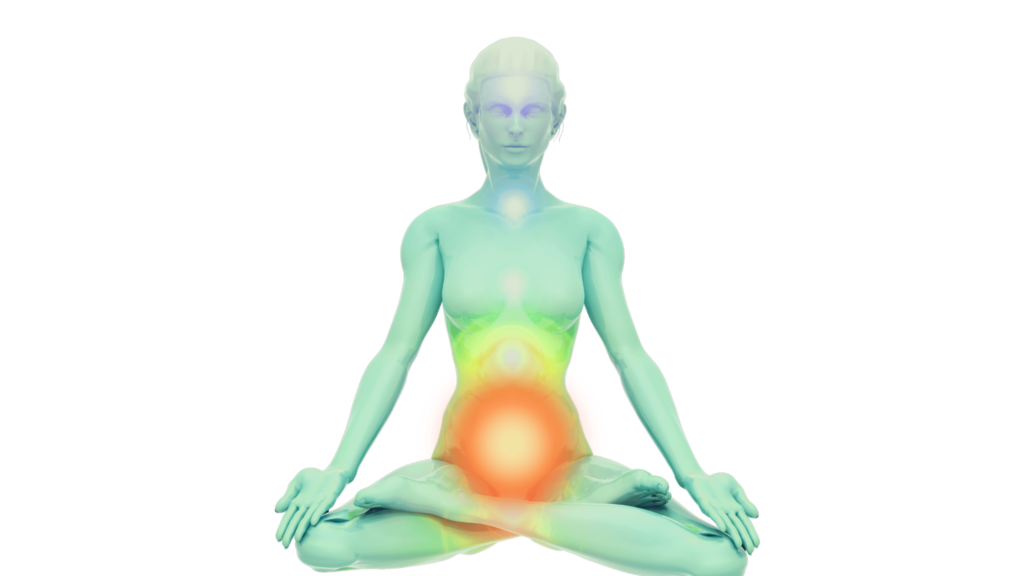
The Chakra Systems
According to Chakra disciplines, energy can be harnessed to one’s advantage by becoming aware of how to work with its several forms through bio-work.
Recognizing and balancing the energy centers within our body can promote emotional stability.
Emotional Equilibrium Bio-work
Effective methods for balancing emotions include corrective diets, energy cleansing, and traditional scientific techniques to revitalize energy centers.
Water: Our body’s energy centres require a lot of energy to function properly. Water helps to keep these energy centres hydrated and lubricated, allowing them to function effectively. Dehydration can cause these centres to become blocked, leading to a decrease in energy levels.
Water cleanses the body and aids in maintaining homeostasis by distributing energy through currents and circulation.
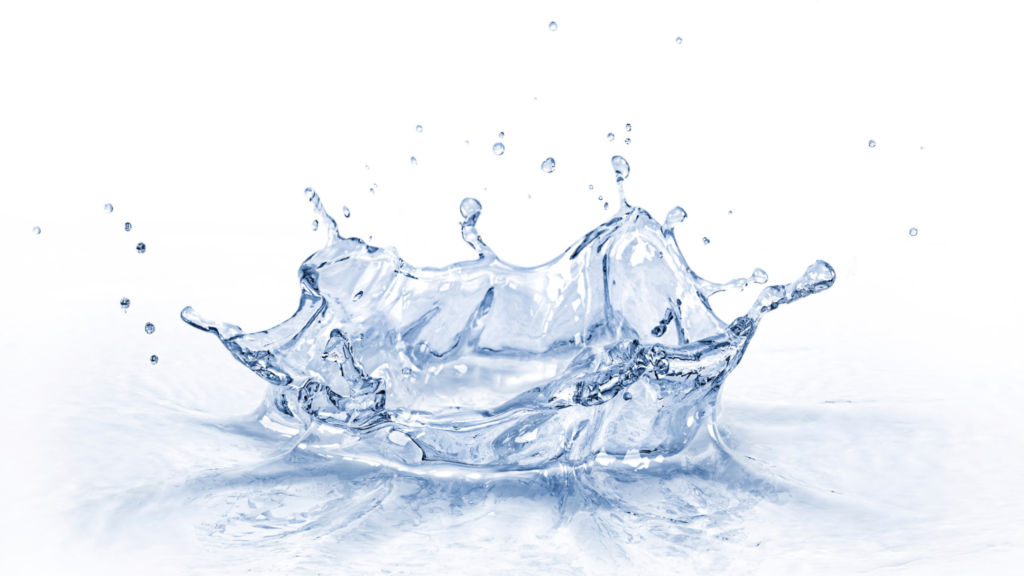
Importance of Emotional Equilibrium Today
Heightened comprehension helps foster optimal decision-making and subsequent courses of action that align with a more lucid perspective.
Visceral Experience of Energy & Emotions
For instance, one example, individuals experiencing negative emotions can physically describe them as a “gut feeling” or an unpleasant sensation in the lower region of the body.
Subsequently, it may feel like a visceral experience, i.e., as if in the internal organs.
Visceral : felt in or as if in the internal organs of the body
2. Sacral Chakra & Pelvic Region
The region associated with the Sacral Chakra corresponds to the pelvic area.
From an anatomical perspective, this area encompasses the sacral nerves, including afferent and efferent fibres.
Sacral nerves significantly affect the lower extremities’ sensory perception and motor function. Additionally, they transmit sensory information from the pelvic organs to the central nervous system (CNS) (ref: sacral nerves).
When different types of energy combine, they generate a unique energy field called a chakra.
As a result, the Sacral Chakra acts like an energy turbine in that region, communicating with the surrounding area.
Central Nervous System & Sacral Center
The sacral centre is located in the region of the sacrum which is in the lower body.
The sacrum is closely associated with the central nervous system; it transmits sensory information from (sacrum) pelvis organs to the central nervous system.
In turn, the central nervous system regulates emotions by controlling the release of hormones and neurotransmitters. Which can affect mood, behaviour, and, subsequently, mental well-being.
Here is an overview of how the sacrum (sacral nerves) and central nervous system are connected, according to Thau, Reddy, and Singh (2022):
| Central Nervous System (CNS) |
|---|
| Sacral Nerves, Sensory Information, CNS |
| The cNS is the brain and spinal cord |
| The brain is an organ of nervous tissue responsible for responses, sensation, movement, emotions, communication, thought processing, and memory |
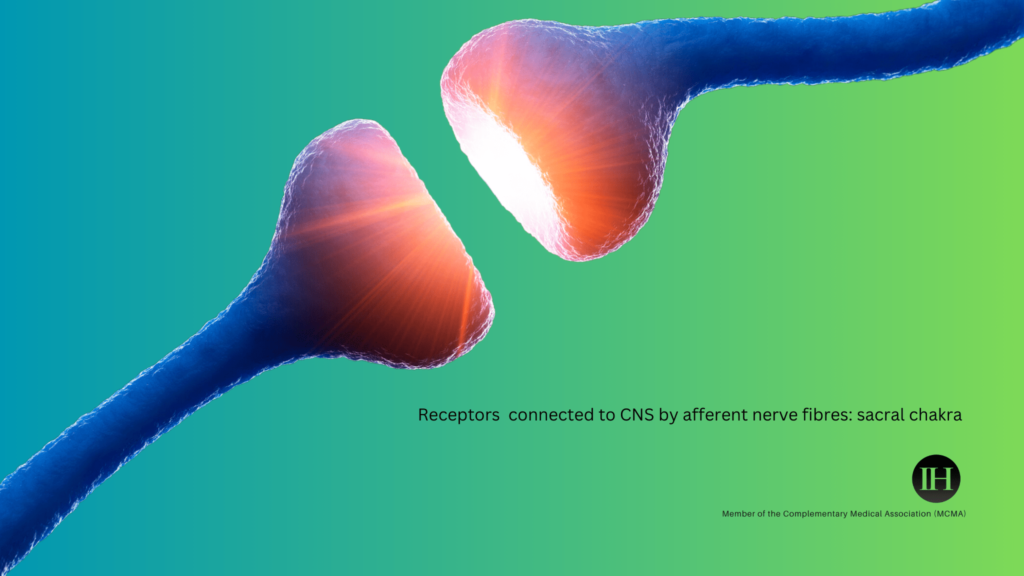
3. Sacral Chakra Key Consideration Points
Based on the former sections, here are some key points on the sacral chakra and its funtions:
- The sacral chakra is an energy centre that influences its surrounding areas.
- The chakra is located within the anatomical region of the sacrum (pelvic area).
- Influence on the anatomical particulars of the region.
- The chakra has a regional relationship with the central nervous system (sacrum).
- Connected to the manifestation of emotion through sensory processing by the brain.
- Influence on an individual’s general wellness in day to day life.
- It is represented by a crescent moon and related to the water element, enclosed in a lotus flower.
- The lotus flower has six vibrant vermilion petals against a white backdrop.
- Sacral Chakra is known as Swadisthana or Svadhisthana, which means “the seat of oneself.”
| Bam | Bham | Mam | Yam | Ram | Lam |

| Lubricating | Hydrating | Flexibility | Cleansing | Balancing | Nourishing |
Water & The Sacral Chakra
Subsequently, the sacral chakra is associated with water and represents energy flow.
Water indirectly regulates emotions by supporting brain function and cognitive performance.
In a 2014 study by Pross et al., it was suggested that reducing water intake may have a negative impact on emotional well-being, including calmness, satisfaction, and positive emotions.
Use In Emotional States
In many cultures, water is used to alleviate intense emotional states like distress.
creative and emotional energies
4. Three Ways To Support Sacral Balance
Balancing the sacral chakra enhances passion, vitality, flexibility, creativity, and intimacy. In the next section, we discuss bio-work to support sacral energy.
- Hues
- Energy
- Phytotherapeutics
- Antioxidants
- Medicinal
Water, An Energy Balancer For The Sacral Center
Water holds a revered position in the traditional scientific fields.
In therapeutic settings, water is used to help bring about a balancing and healing effect. Here are some examples:
- Hydrotherapy involves soaking in a comfortable water bath for 20-30 minutes with cleansing and healing herbs, oils, or pure salts. The focus is on allowing the water to soothe and cleanse the sacrum area. It’s important to note that adjusting the water temperature, pressure, frequency, and intensity are all contributing factors based on individual suitability.
- In addition, research has shown that cold water has an antidepressant effect due to the high density of cold receptors in the skin. These receptors send significant electrical impulses from the peripheral nerve endings to the brain. Mooventhan and Nivethitha (2014) found that cold showers can have a significant analgesic effect without causing dependence or noticeable side effects; suitability depends on individual factors.
- Conscious water drinking from a clean and organic source without additives.

Better Diet For Sacral Balance
Diet plays an important part in clean fuel for the body, including organic energy healing foods between sunrise and sunset. According to Easy Ayurveda, some sacral balancing foods are;
- Fruits: Apples, berries, melon, pears, figs, coconuts, sweet fruits, cinnamon, turmeric, saffron
- Herbal Teas: The rose tea and orange tea colours correspond to the sacral chakra, which is beneficial in aiding its colour therapeutic balance and adding to hydration levels.
- Greens: Lettuce, spinach, cucumber, carrots, orange pumpkin, and other seasonal root vegetables.
Focused Yoga Breathwork
Integrating yoga, focused breathing, or meditation techniques into a routine to enhance the sacral energy centre.
Here are some points for consideration:
- Focusing on the lower region whilst seated, Chant the VAM bija mantra to balance sacral energy.
- The colour Orange is for rejuvenation, symbolically the energy of the sun.
- A few minutes of Ujjayi Pranayama or kapalbhati, depending on suitability.
Essential Oils For Sacral Wellness, Rose, Orange, Sandalwood, Patchouli
swadhishtana-chakra-sacral
Summary
In Ayurveda, the Sacral Chakra is one of the seven major chakra systems of energy. The chakra is located in the lower part of the body, specifically in the sacrum.
Anatomically, the sacrum is interconnected with the central nervous system and plays a role in regulating emotions and several other important bodily functions.
The sacral chakra is an energy centre that regulates emotions, enhances flexibility in the sacral region, increases vitality, and encourages self-creativity.
Water plays an integral role in the sacral chakra, and several studies today recognise water’s effect on the body.
An imbalanced sacral chakra can cause a lack of creativity and emotional instability. However, balancing the chakra through diet, therapeutic water, and energy activities can help improve integral energy centers.
Suitability & Precautions
Precautions and personal responsibility are paramount. If something is suitable or not, make an informed choice, seek the advice of a professional.
This is an informational post only and does not constitute as professional advice.
References and online sources in this article:
Thau L, Reddy V, Singh P. Anatomy, Central Nervous System. [Updated 2022 Oct 10]. In: StatPearls [Internet]. Treasure Island (FL): StatPearls Publishing; 2024 Jan-. Available from: https://www.ncbi.nlm.nih.gov/books/NBK542179/
Chase CR. The Geometry of Emotions: Using Chakra Acupuncture and 5-Phase Theory to Describe Personality Archetypes for Clinical Use. Med Acupunct. 2018 Aug 1;30(4):167-178. doi: 10.1089/acu.2018.1288. PMID: 30147818; PMCID: PMC6106753.
Siccardi MA, Bordoni B. Anatomy, Abdomen and Pelvis, Perineal Body. [Updated 2023 Jul 24]. In: StatPearls [Internet]. Treasure Island (FL): StatPearls Publishing; 2024 Jan-. Available from: https://www.ncbi.nlm.nih.gov/books/NBK537345/
Prasad S, Aggarwal BB. Turmeric, the Golden Spice: From Traditional Medicine to Modern Medicine. In: Benzie IFF, Wachtel-Galor S, editors. Herbal Medicine: Biomolecular and Clinical Aspects. 2nd edition. Boca Raton (FL): CRC Press/Taylor & Francis; 2011. Chapter 13. Available from: https://www.ncbi.nlm.nih.gov/books/NBK92752/
https://en.wikipedia.org/wiki/Svadhishthana
Mooventhan A, Nivethitha L. Scientific evidence-based effects of hydrotherapy on various systems of the body. N Am J Med Sci. 2014 May;6(5):199-209. doi: 10.4103/1947-2714.132935. PMID: 24926444; PMCID: PMC4049052.
Srivastava R, Ahmed H, Dixit RK, Dharamveer, Saraf SA. Crocus sativus L.: A comprehensive review. Pharmacogn Rev. 2010 Jul;4(8):200-8. doi: 10.4103/0973-7847.70919. PMID: 22228962; PMCID: PMC3249922.
Yoham AL, Bordoni B. Anatomy, Abdomen and Pelvis: Inferior Hypogastric Plexus. [Updated 2022 Dec 11]. In: StatPearls [Internet]. Treasure Island (FL): StatPearls Publishing; 2024 Jan-. Available from: https://www.ncbi.nlm.nih.gov/books/NBK567711/
Chakra: https://en.wikipedia.org/wiki/Chakra
Sacral nerves: https://en.wikipedia.org/wiki/Spinal_nerve#Sacral_nerves
Pross N, Demazières A, Girard N, Barnouin R, Metzger D, Klein A, Perrier E, Guelinckx I. Effects of changes in water intake on mood of high and low drinkers. PLoS One. 2014 Apr 11;9(4):e94754. doi: 10.1371/journal.pone.0094754. PMID: 24728141; PMCID: PMC3984246.
Blazícková, S et al. “Effect of hyperthermic water bath on parameters of cellular immunity.” International journal of clinical pharmacology research vol. 20,1-2 (2000): 41-6.

